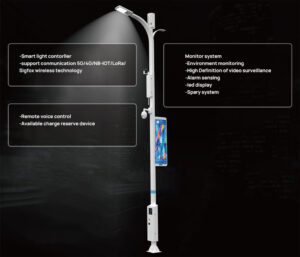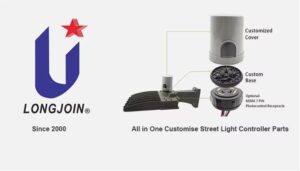The Ultimate Guide to Understanding Photocell Prices
Introduction
As the demand for outdoor lighting solutions continues to grow, selecting the right photocontrols becomes increasingly critical. These photocontrols serve as the backbone of outdoor lighting systems, ensuring they operate efficiently and effectively in various environments and conditions.
In this article, we’ll offer expert guidance on navigating the vast array of photocontrol options available in the lighting industry. From dusk-to-dawn sensors to programmable timers, we’ll explore the features and functionalities that matter most for different outdoor lighting applications.
Whether you’re illuminating a parking lot, pathway, or building facade, choosing the appropriate photocontrol is essential for achieving optimal performance and maximizing energy savings.
Factors Affecting Photocell Prices
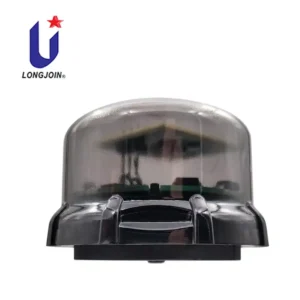
When it comes to the prices of photocells, several factors come into play, influencing how much you might end up paying for them. Here’s a breakdown of some key aspects that can affect photocell prices:
* Technology Advancements
Technological progressions profoundly impact photocell prices. Advancements in sensing technologies, such as improvements in photodiode sensitivity, signal processing algorithms, and integration of microcontrollers for enhanced functionality, can elevate production costs and subsequently increase the price of photocells.
* Manufacturing Costs
The intricate manufacturing process of photocells involves various cost factors, including raw material expenses, labor costs, equipment maintenance, and overhead expenditures. Fluctuations in these elements, particularly changes in material prices and manufacturing efficiency, directly influence the final pricing of photocell products.
* Demand and Supply Dynamics
The principles of supply and demand exert a significant influence on photocell pricing dynamics. Increased demand stemming from factors like growing awareness of energy efficiency or regulatory mandates can lead to higher prices if supply cannot keep pace. Conversely, oversupply in the market may prompt price reductions as manufacturers strive to maintain market share.
* Market Competition
Competitive pressures within the photocell market drive pricing strategies among manufacturers. Intense competition may result in price wars, driving down prices as companies seek to gain market traction. Conversely, premium offerings with unique features or superior performance may command higher prices based on perceived value.
* Regulatory Environment
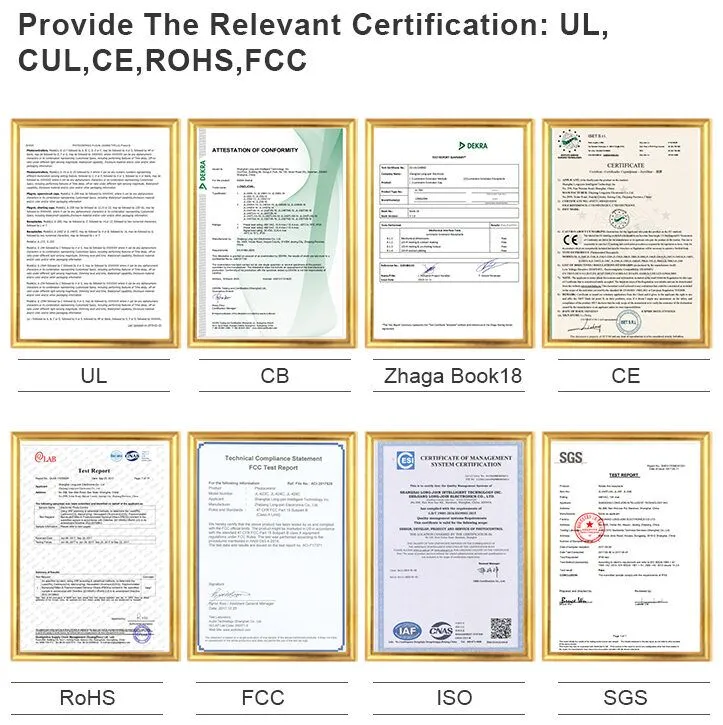
Regulatory standards and compliance requirements directly impact photocell pricing. Changes in regulations, such as energy efficiency standards or safety certifications, may necessitate investments in research and development or production process adjustments, leading to cost increases that are passed on to consumers.
* Quality and Brand Reputation
Quality and brand recognition play pivotal roles in pricing dynamics. Established brands with a reputation for reliability and performance may command premium prices for their photocell products. Consumers often associate higher prices with superior quality and are willing to pay a premium for products from reputable brands.
* Distribution Channels
The distribution model employed for photocell products affects their final retail prices. Distribution through multiple channels involving wholesalers, distributors, and retailers may incur additional markups at each stage, contributing to higher end prices for consumers. Conversely, direct-to-consumer sales models can potentially offer cost savings by eliminating intermediaries.
Types of Photocells and Their Price Ranges
Let’s delve into the technical aspects of various photocell types used in the lighting industry along with their corresponding price ranges.
* Dusk-to-Dawn Photocells
Dusk-to-dawn photocells, equipped with light sensors, automatically activate outdoor lighting systems at dusk and deactivate them at dawn. Typically priced between $10 to $30, factors influencing cost include brand, sensor sensitivity, and weather resistance.
*Twist-Lock Photocells
Twist-lock photocells, favored for their simple installation process, secure into lighting fixtures easily. Priced approximately between $15 to $40, variations in cost stem from factors such as build quality and additional functionalities.
* Button-Type Photocells
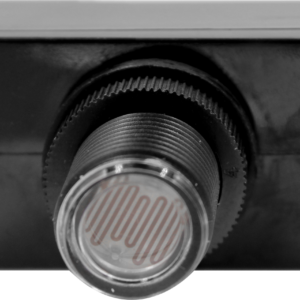
Button-type photocells, commonly employed in streetlights, boast durability and weather resilience. Ranging from $20 to $50, pricing factors include construction materials, ingress protection ratings, and sensor technology.
* Fixed Mount Photocells
Fixed mount photocells, directly affixed to light fixtures, find extensive usage in commercial and industrial environments. Priced between $20 to $100 or more, variables affecting cost include sensor sensitivity, environmental ratings, and integration capabilities.
*Wire-In Photocells
Wire-in photocells, integrated into lighting system wiring, cater to both indoor and outdoor applications. Priced around $30 to $100 or more, pricing nuances revolve around brand reputation, installation complexity, and additional functionalities.
This breakdown offers insights into the technical specifications and price brackets of various photocell types prevalent in the lighting industry. It’s important to note that these price ranges are approximate and subject to variation based on market dynamics and specific product attributes.
Common Mistakes to Avoid When Purchasing Photocells
If you are planning to purchase photocells, there are several things you should keep in mind to avoid purchase issues. Some of this mistakes include:
* Neglecting Compatibility Assessment
One of the primary errors in photocell procurement is overlooking compatibility. It’s imperative to assess the compatibility of the photocell with the existing lighting system. Factors such as voltage requirements, communication protocols, and physical dimensions must align for seamless integration. Failure to ensure compatibility can lead to costly replacements or modifications.
*Disregarding Environmental Considerations
Environmental factors play a significant role in the performance and longevity of photocells. Ignoring environmental conditions such as temperature extremes, humidity levels, and exposure to elements can result in premature failure or erratic behavior. It’s essential to select photocells with appropriate environmental ratings to withstand the operational conditions of their installation environment.
* Underestimating Sensitivity Settings
Sensitivity settings dictate the photocell’s response to changes in ambient light levels, influencing when the connected lighting fixtures activate or deactivate. Underestimating the importance of adjusting sensitivity settings can lead to suboptimal lighting performance, with lights turning on or off at inappropriate times. Careful calibration and adjustment of sensitivity settings are necessary to achieve desired lighting behavior and energy efficiency.
* Overlooking Warranty and Support Provisions
Failure to consider warranty coverage and manufacturer support services is another common mistake in photocell procurement. Despite meticulous selection and installation, unforeseen issues may arise, necessitating prompt resolution and technical assistance. Prioritizing photocells from manufacturers offering comprehensive warranty coverage and reliable support services ensures peace of mind and timely resolution of any operational issues.
Summary
In conclusion, understanding photocell prices goes beyond surface-level analysis. It requires a comprehensive grasp of industry standards, technological advancements, and market trends. Armed with this knowledge, businesses can navigate the complex landscape of photocell procurement with confidence, ensuring optimal investment decisions and operational efficiency.



